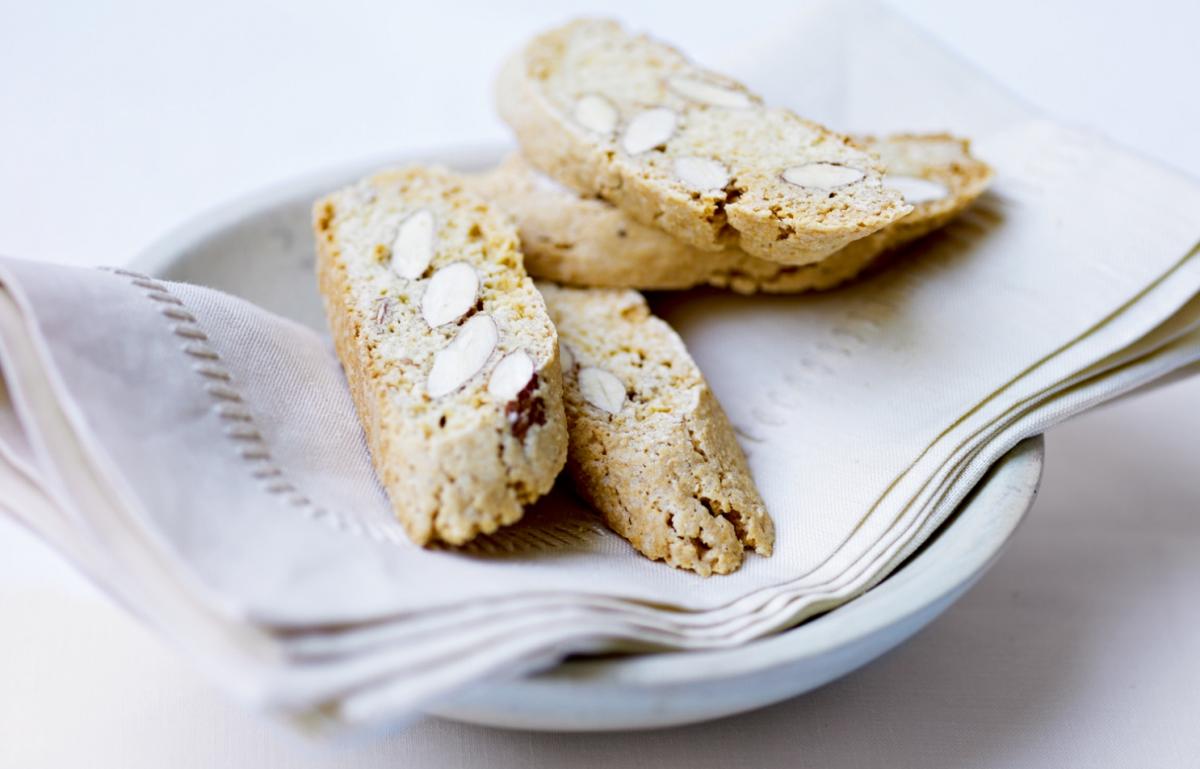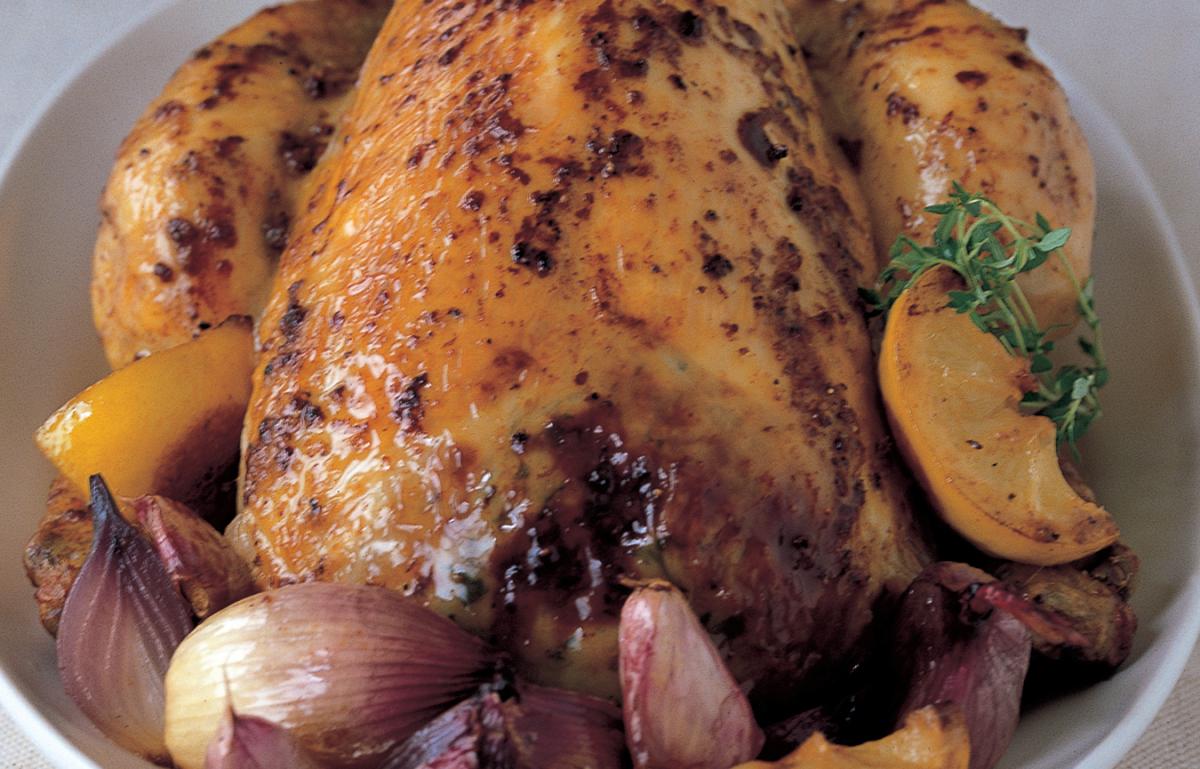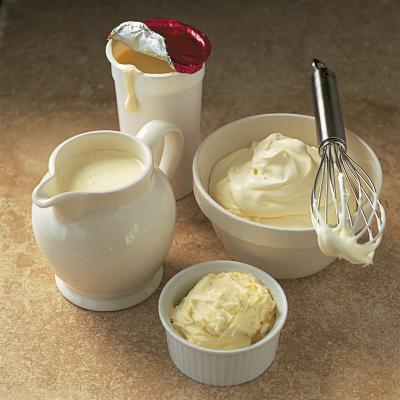


Double cream: When cows’ milk reaches the dairy, it contains a liquid substance called butterfat, and this, when it’s skimmed off the surface of the milk, is cream, or what we know as double cream. It is extremely rich with a minimum fat content of 48 per cent.
Because of this it can stand being boiled in cooking without separating, and can be whipped to a fluffy, spreadable consistency. When whipping double cream, though, you have to be extra careful, as over-whipping can give a grainy, slightly separated appearance (and if you really overwhip it, you’ll end up with butter). One of the ways to prevent this happening is to add a couple of tablespoons of milk per pint (570 ml) of cream and, if you are using an electric hand whisk, make sure that you turn the speed right down when it looks thick enough. Double cream is also rich and luscious served just as it is, chilled, as a thick pouring cream.
Whipping cream: This is a lighter version of double cream, with at least 35 per cent fat, and it whips beautifully without being quite so rich. Whipping cream is also good as a pouring cream, again, if you want something that’s not too rich. If you’re not Scottish (Scots don’t approve), try pouring whipping cream over hot porridge, along with some unrefined brown sugar to melt and marble into little pools. I also think whipping cream is good for swirling on top of desserts, giving you that ‘not-quite-so-high-in-calories’ satisfaction.
Single cream: This is a much thinner cream, good for pouring and for cooking with when you need more creaminess than milk. Because it has only a minimum of 18 per cent fat, it’s not suitable for boiling, as it will curdle.
Extra thick double or single cream: These are as described for double or single cream, but have been treated to give them a consistency that is suitable for spooning on to pies and desserts without having to bother with whisking them first.
Soured cream: This is a lovely product, made with fresh, single cream that is soured by adding a natural culture, similar to that used in yoghurt. It is unique as a dairy product and, in my opinion, is the very best topping for jacket potatoes (mixed with snipped fresh chives). If you are lucky enough to get some caviar, soured cream and chives make wonderful accompaniments.
Clotted cream: Wait for it – this is the big one! Perhaps you’d rather not know, but it has at least 55 per cent butterfat. Clotted cream has a unique and special dairy colour, like pale buttercups, and is thick, rich and utterly irresistible. It is a speciality of the rich pastureland of the West Country, and is made by heating the cream to evaporate some of the liquids, so, in a sense, you could call it concentrated cream. It is heaven spread on scones with home-made preserves and extra special on tart fruit pies. It’s not for every day, but everyone should treat themselves to some just once in a while.
Follow us Like us on Facebook Follow us on twitter Follow us on instagram Follow us on pinterest Follow us on youtube
© 2001-2024 All Rights Reserved Delia Online